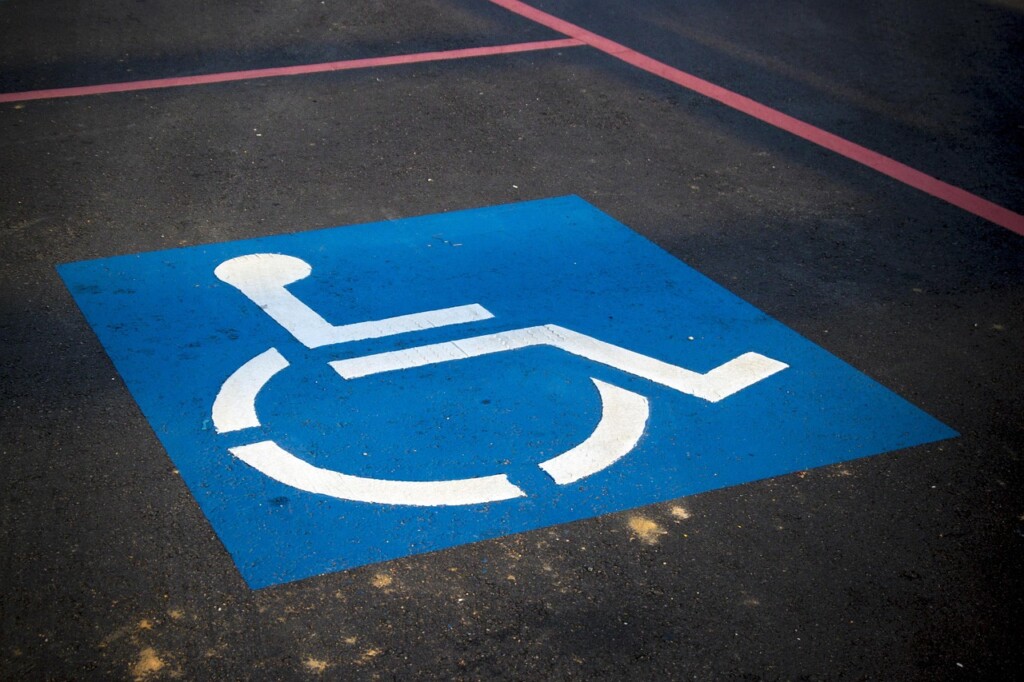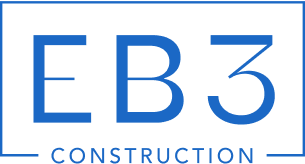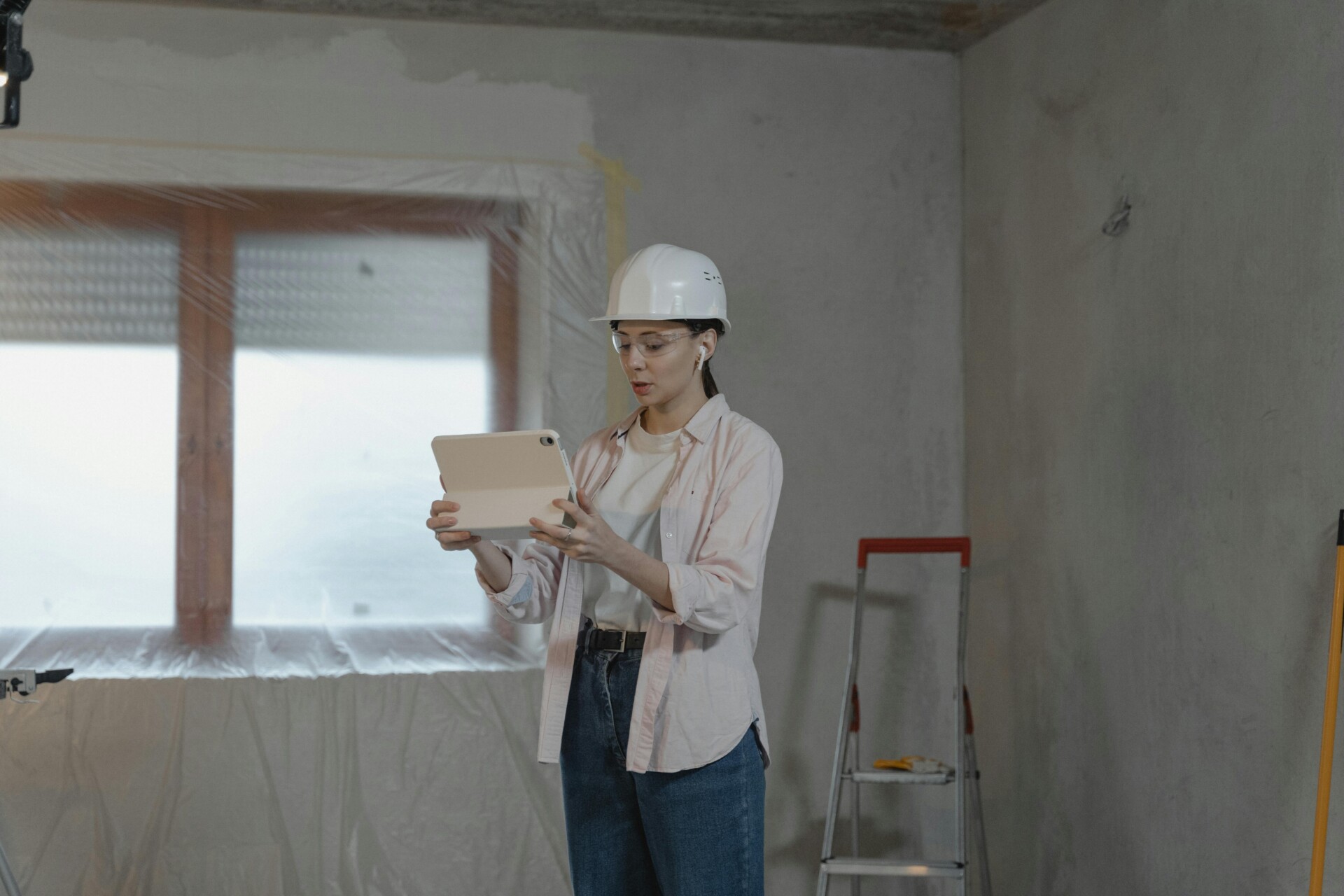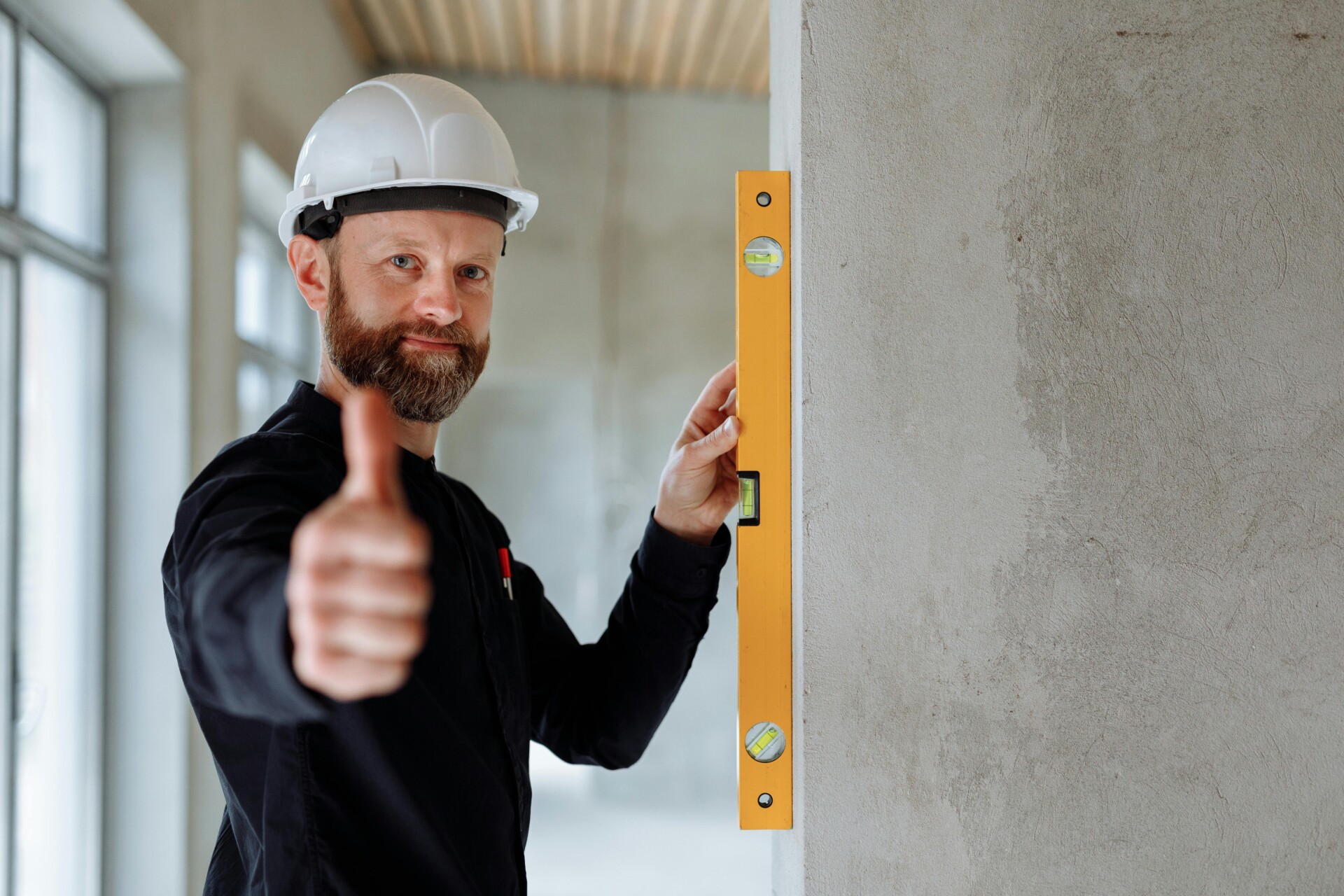At EB3 construction, we believe that understanding historical building regulations in Dallas requires a nuanced approach to preservation and development. The city employs a system of landmark designations to safeguard structures of historical or architectural significance. This framework aims to protect the distinctive character of Dallas’ built heritage while balancing the needs of property owners and residents.
At the core of Dallas’ preservation efforts are the Dallas Landmark Districts and individually listed Dallas Landmarks. These properties are governed by tailored ordinances crafted to maintain their unique character. For developers and property owners, understanding these regulations is crucial—they not only preserve history but also protect property values and neighborhood integrity.
The regulations might seem complex at first glance, but their purpose is straightforward: to ensure that any modifications to historic properties are conducted thoughtfully and in line with their original character. This doesn’t mean freezing buildings in time but rather guiding their evolution in a way that respects their historical significance.
As we explore Dallas’ approach to historic preservation, we’ll examine how these regulations function in practice, the benefits they offer, and how they shape the city’s architectural landscape.
What is the Certificate of Appropriateness Process?

The Certificate of Appropriateness (CA) is a vital document when making exterior modifications to historic properties in Dallas. This approval process ensures that changes adhere to preservation guidelines designed to protect the district’s architectural integrity. Here’s an overview of how we manage the CA application process:
Application Submission
We require detailed documentation of proposed work, including:
- Current photos of the property
- Architectural drawings or sketches of planned changes
- Materials list and specifications
- Site plan (for additions or landscape)
Our preservation team determines if the work qualifies as routine maintenance or requires full Landmark Commission review.
Review Process
For routine maintenance requests, staff can typically approve applications within 7-10 business days. More substantial changes require review by:
- The historic district task force, which makes a recommendation
- The Landmark Commission, which provides the final decision at a public hearing
This full review process usually takes 30-45 days from the application deadline to the Commission hearing.
Decision and Next Steps
After approval, we issue the CA within 10 days. The property owner can then apply for necessary permits. For denials, we provide guidance on modifying plans to meet preservation standards.
We encourage applicants to consult with our staff early in the planning process. This allows us to provide feedback that can prevent delays and ensure proposed work aligns with district guidelines.
| Phase | Duration | Details |
| Application Submission | N/A | Requires documentation such as photos, architectural drawings, materials list, site plan |
| Routine Maintenance Review | 7-10 business days | Typically approved by staff |
| Full Review Process | 30-45 days | Includes historic district task force recommendation and Landmark Commission hearing |
| Issue CA | Within 10 days after approval | Property owner can then apply for necessary permits |
By carefully coordinating exterior changes through the CA process, we ensure that Dallas’ irreplaceable historic architecture continues to evolve while meeting modern needs.
How Do Building Codes Apply to Historic Structures?
Historic buildings in Dallas must balance preservation requirements with modern building code compliance. While these structures are not exempt from meeting current codes, there is often flexibility in how regulations are applied. The International Building Code (IBC) includes specific provisions for historic buildings that allow for alternative approaches.
Section 3407.1 of the IBC mentions that code requirements ‘shall not be mandatory for historic buildings where such buildings are judged by the building official to not constitute a distinct life safety hazard.’ This gives building officials the discretion to allow creative solutions that preserve historic character while ensuring occupant safety.
Key considerations when applying building codes to historic structures in Dallas include:
- Engaging early with code officials to identify potential issues and discuss compliance strategies
- Understanding the variance and appeals processes available for historic buildings
- Meeting the intent of code requirements rather than sticking strictly to prescriptive standards
- Exploring performance-based design alternatives allowed by the IBC
- Considering fire safety and demonstrating how proposed solutions provide an equivalent level of safety
For example, the Wilson Block Historic District successfully restored several 19th-century Victorian homes by using fire-resistant materials, adding sprinkler systems, and reinforcing structural elements—all while maintaining the buildings’ historic appearances. This demonstrates how code compliance and historic preservation can coexist with thoughtful planning.
While safety must remain the top priority, Dallas’ building officials recognize the value of preserving the city’s architectural heritage. By working collaboratively and creatively, solutions can often be found to bring historic buildings up to current standards without compromising their character-defining features. Owners of historic properties should consult preservation experts and experienced architects familiar with both historic buildings and modern codes to develop appropriate compliance strategies.
What Accessibility Standards Apply to Historic Buildings?

When it comes to making historic structures accessible, we at EB3 Construction understand the delicate balance required to preserve architectural integrity while ensuring equitable access. Historic buildings in Dallas aren’t exempt from accessibility requirements like the Americans with Disabilities Act (ADA) and Texas Accessibility Standards (TAS). However, the process does allow for some flexibility to prevent compromising a building’s historic character.
As general contractors specializing in historic renovations, we approach each project with the goal of achieving maximum accessibility while respecting the structure’s architectural integrity. This often involves collaboration between our team, preservation officials, and accessibility specialists to develop appropriate solutions. For buildings undergoing renovation, we strive to bring them into compliance with current standards to the fullest extent feasible.
In cases where full compliance would damage key historic or architectural features, we can explore alternative solutions. This may include variances for certain elements if we can demonstrate that modifications would fundamentally alter the building’s defining aspects. For example, in a recent project on a 19th-century courthouse, we incorporated a discrete wheelchair lift instead of altering the grand central staircase.
Our approach focuses on identifying creative solutions that enhance accessibility while preserving the historic fabric. This might involve installing removable ramps, utilizing secondary entrances, or strategically modifying interior circulation paths. We’ve found that early coordination between our construction team, historic preservation consultants, and local officials is crucial for developing appropriate accessibility strategies tailored to each unique structure.
Ultimately, our goal is to ensure historic buildings can be experienced by all visitors while retaining the architectural elements that make them significant. With thoughtful planning and design, we’ve successfully balanced accessibility needs with preservation concerns on numerous Dallas landmarks. We view accessibility as an opportunity to sensitively adapt these buildings for continued use and appreciation, rather than seeing it as an obstacle.
No table output available
What Tax Incentives and Resources Are Available?
As a general contractor focused on historic properties, we understand the financial considerations involved in preservation projects. Fortunately, several tax incentives and resources are available to offset costs for owners of historic properties in Dallas.
Tax Incentives
The federal government offers a Historic Preservation Tax Incentive Program which provides tax exemptions for qualifying rehabilitation work on designated historic landmarks and contributing structures in historic districts. The amount and duration of the exemption depend on factors like location and rehabilitation costs. For example, properties in urban historic districts may be eligible for a 100% exemption for 10 years if rehabilitation costs exceed 75% of the pre-rehabilitation value.
Additionally, the State of Texas offers tax credits that can be applied to franchise taxes for rehabilitations of historic buildings. At the federal level, income-producing historic properties may qualify for a 20% tax credit on rehabilitation expenses through the Federal Historic Preservation Tax Credit.
Grants and Other Financial Resources
While grant funding is limited, some preservation organizations occasionally offer small grants for specific preservation needs. We recommend checking with Preservation Dallas and other local heritage groups about any current grant opportunities.
Technical Resources and Support
Beyond the City of Dallas, the Office of Historic Preservation is an invaluable resource, offering:
- Staff consultations on preservation projects
- Research assistance for historic properties and landmarks
- Access to historic surveys and documentation
- Guidance on meeting preservation standards
Organizations like Preservation Dallas complement the city’s efforts by providing:
- Educational programs and tours
- Technical preservation literature
- Networking opportunities with preservation professionals
We encourage property owners to take full advantage of these financial incentives and expert resources when undertaking historic preservation projects. Our team at EB3 Construction can help navigate the application processes and ensure your project meets the necessary standards to qualify for these valuable incentives.
For more details on available incentives, visit the City of Dallas Historic Preservation Tax Incentives page. To explore how these incentives could apply to your historic property project, don’t hesitate to reach out to our experienced team at EB3 Construction.
Conclusion: Successfully Navigating Historic Preservation in Dallas

Successfully navigating historical building regulations in Dallas requires thorough planning, early consultation with officials, and an understanding of the purpose behind preservation requirements. While the process can seem complex, resources provided by the City of Dallas and preservation organizations can guide property owners through regulations while helping them access financial incentives.
As general contractors serving developers and property owners, we at EB3 Construction have extensive experience managing historic preservation projects in Dallas. We understand the nuances of working within the city’s historic districts and can help coordinate all aspects of the renovation process—from initial planning and permitting to execution of historically sensitive modifications.
By engaging with the Landmark Commission early and leveraging our expertise in construction feasibility, code compliance, and project coordination, we can help ensure your historic property renovation succeeds. Our team is well-versed in preservation best practices and can navigate the Certificate of Appropriateness process efficiently.
While regulations may initially seem daunting, the ultimate goal is to preserve Dallas’ unique architectural heritage while allowing for adaptive reuse. With proper planning and experienced partners, property owners can breathe new life into historic buildings while retaining their distinctive character. The economic and cultural benefits of successful preservation projects continue to revitalize neighborhoods across the city.
For guidance on your next historic renovation project in Dallas, contact the experienced team at EB3 Construction. We’re here to help you navigate regulations, access incentives, and bring your vision for historic properties to life.




